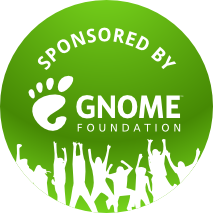I just got back from a great trip to Beijing, for GNOME.Asia 2014. This was my fourth GNOME.Asia, and I’ve been to every event since 2011 in Bangalore, where I participated in the GNOME 3.0 hackfest. It was great to meet up with the GNOME.Asia crew once again. They’re a fantastic bunch, and it’s always a pleasure to meet friends from Asia. Photos from the event can be found on Flickr.
This year’s GNOME.Asia was co-hosted with FUDCon APAC. Combining the conference with another event worked really well, in my opinion, and helped to boost participation and share the organisation workload. This could be an effective formula for future events.
On the Saturday I gave a talk about sandboxed applications for GNOME. This is something I’ve been working on recently (I’ll blog about it soon, I hope), and I think it’s an important topic, so it was good to get the word out. In general, I thought that the talk went pretty well, and it was a good opportunity to present our plans to Lennart Poettering and Kay Sievers.
Highlights from the conference included Lennart’s keynote on systemd and David King’s talk on GNOME 3 application development. We ended the conference with a really nice discussion about the GNOME Foundation. It was great to see so much interest in how GNOME operates.
Many thanks to the GNOME Foundation for sponsoring me to attend this event. I’d also really like to thank the conference sponsors.



